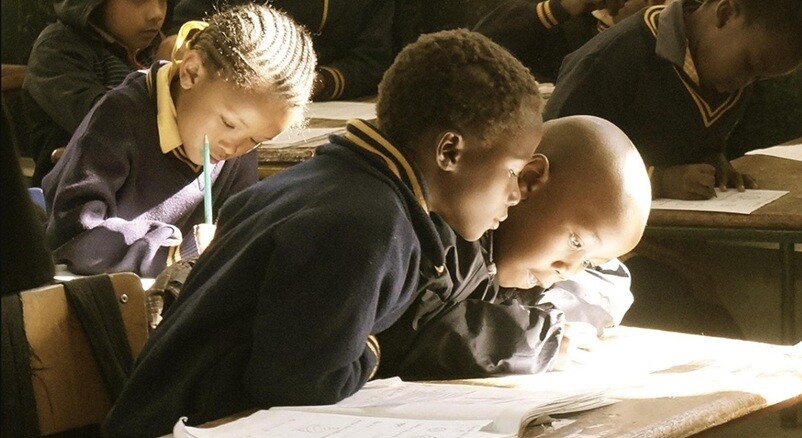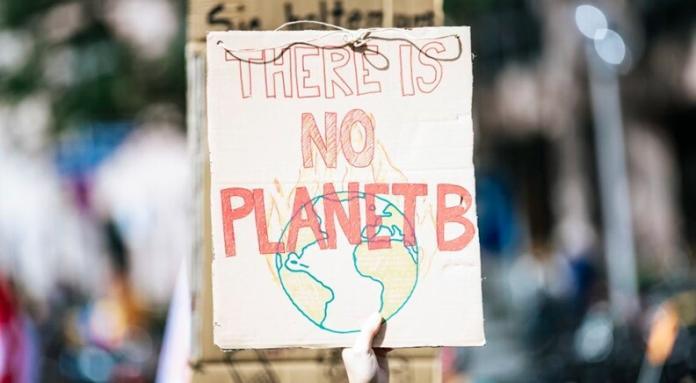Can a child escape poverty without education? It happens. Sometimes we hear stories of remarkable talent or sheer determination leading someone to overcome tough odds. But these instances are rare. In fact, they’re so unusual that people refer to them as “divine favor.”
The reality is that it’s much harder to improve your social and economic standing in environments where opportunities are limited. Hard work alone is rarely enough to break free from poverty that’s been a handicap for generations.
This is especially true in many parts of the world, like East Africa, where systemic barriers and a profound lack of resources make it incredibly difficult for people to build better lives. Income is often seasonal and unreliable, healthcare is inadequate, and poor education prevents younger generations from gaining the knowledge and perspectives they need to navigate the world successfully.
The Vicious Cycle
The link between poverty and lack of education is undeniable. Let’s take a closer look at the Maasai communities in northern Tanzania as a case study.
For many families in this pastoralist region, sending a child to school is a heavy burden that goes far beyond tuition. There are uniforms and books to buy, and many families prioritize immediate labor over education, viewing an extra set of working hands as more beneficial than schooling.
Even when they do make it to school, hunger and household responsibilities tag along, making it hard to focus and easy to fall behind. Some drop out entirely to work or help support their families.
According to UNESCO, nearly one in four children in Tanzania is out of school, with the net secondary enrollment rate sitting at just 27%. There are many reasons for this. For example, in certain districts, students are expected to travel more than six kilometres daily to reach school. And for girls, barriers like early marriage and pregnancy often cut their education short before it really begins.
Poverty keeps education out of reach in these communities. And the longer they stay out of school, the less likely they are to return.
Education Is Also a System of Support
Children often don’t drop out because they dislike learning. Even the most eager students struggle to stay in school when their basic needs aren’t met. That’s why just building a school isn’t enough in many parts of East Africa.
A truly effective education system should also nourish, protect, empower, and improve a community’s overall quality of life. This means providing nutritious meals and creating safe learning environments. Basic initiatives like ensuring access to clean water and sanitation, including menstrual hygiene support for girls, also relieve students of some household responsibilities.
For example, some rural schools, like the Promise Village Academy in the Simanjiro district of Tanzania, support African education through a holistic approach. Besides drilling a borehole water well and providing free uniforms and learning materials, students are also taught how to cultivate a school garden and raise chickens. This supplements school meals while teaching them practical skills.
In some of these impoverished East African communities, a daily, nutritious meal at school is often the most reliable food a child eats all day, and it’s a major reason they return the next morning.
From One Child to Many Lives
Daily needs aside, the long-term effect of educating even one child is immeasurable. The snapshot below may seem generalised and maybe even fantastical, but it is a thread that has been observed time and again.
- Ripple one: The child. Education does more than just fill a child’s head with facts. It actually changes how their brain works. They start to see themselves differently, learning about hygiene, nutrition, and how the world operates. Their curiosity deepens, and they start to dream of a future beyond just survival.
- Ripple two: The family. This positive change spreads to the family. Siblings become more interested in learning, and even the parent who once questioned school cannot deny the positive effect it has on their child. Eventually, the family’s income and health improve, and they become more deliberate about important life decisions like marriage and money.
- Ripple three: The neighborhood. Friends and neighbors notice these positive shifts and so the idea that education is truly worthwhile starts to catch on. Gradually, more families send their children to school, and what was once unusual becomes the norm.
- Ripple four: The village. Educated young people begin to elevate the entire village. For example, they might help elders with paperwork or advocate for better support from their local government. They also join community leadership, bringing an informed voice to discussions.
- Ripple five: The nation. In the end, a more educated population leads to stronger participation in democracy and a workforce better equipped to innovate and solve problems.
This powerful chain of events begins simply by giving one child the chance to learn.
What True Investment Looks Like
Real, lasting change happens when communities have the tools and infrastructure they need to raise healthier, educated families.
Of course, this also requires trusting them to lead their own futures. This means listening to local voices and letting local leadership shape what education looks like in their own context. This is the most effective way to build schools that last and train teachers who stay.
And support doesn’t always mean money. Every action, however small, becomes part of something bigger.
You may also like to read,







